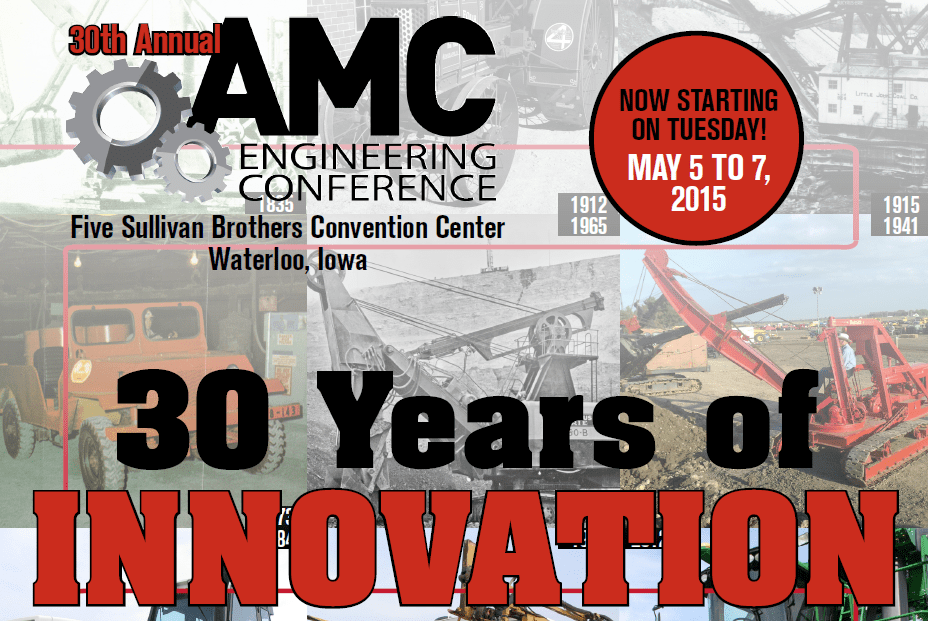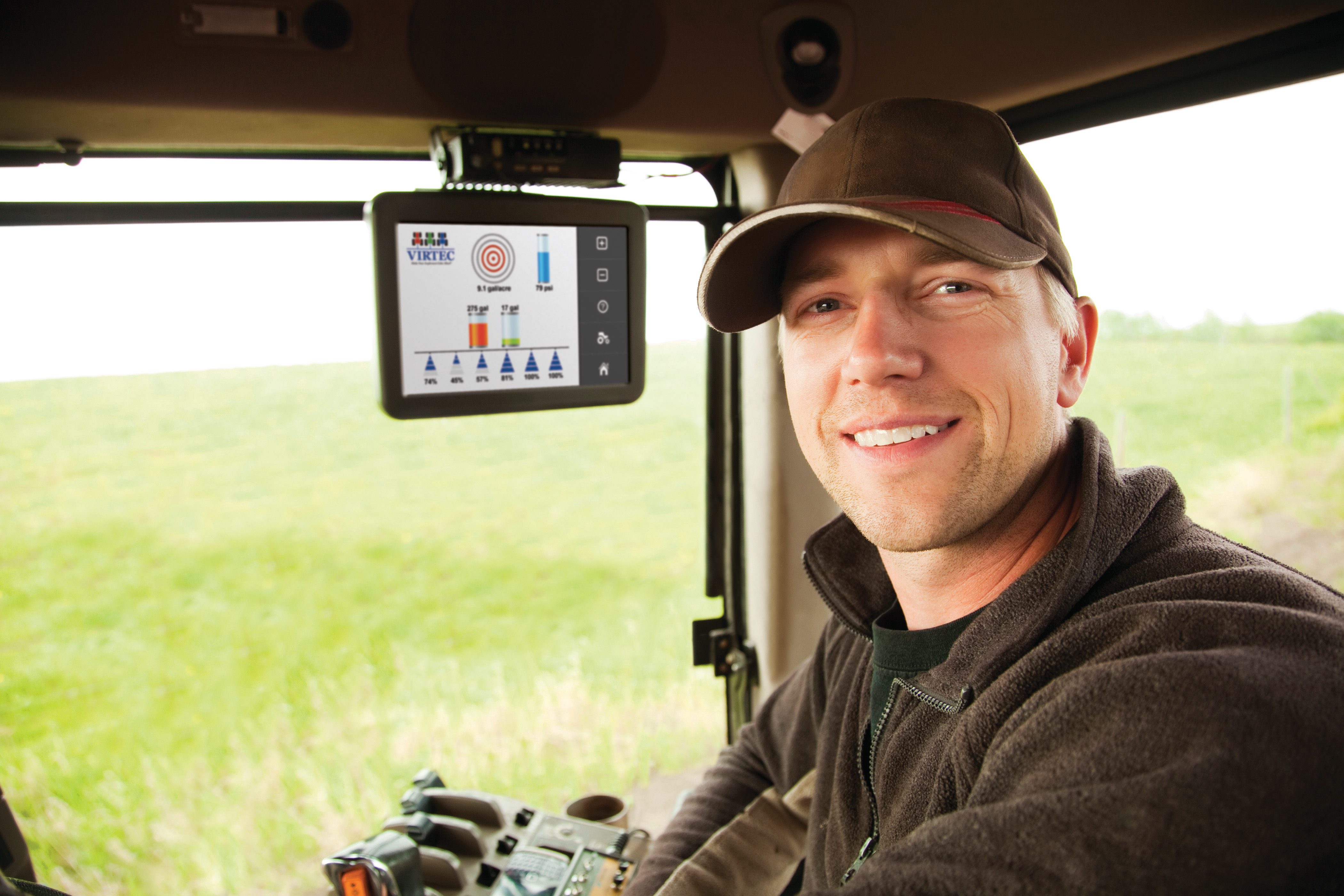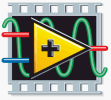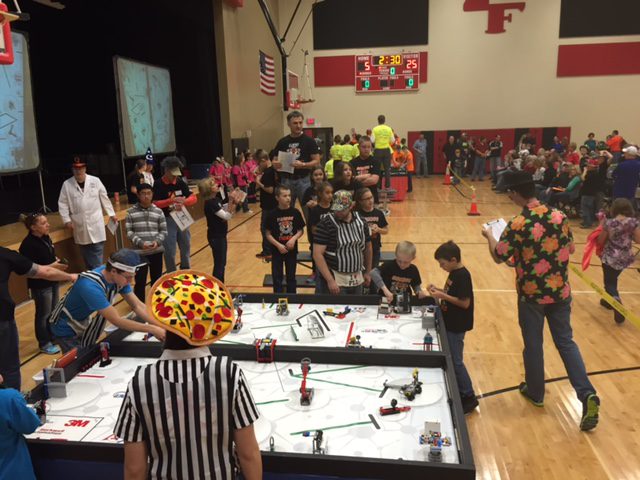DISTek Supports AMC Engineering Conference
The 30th Annual AMC Engineering Conference, which is celebrating 30 Years of Innovation, is fast approaching. The event will be hosted in Waterloo, Iowa at the Five Sullivan Brothers Convention Center May 5th through 7th. Many will think back and remember this conference as the Ag Machinery Conference but for the second year now, the committee and vendors are staying committed to expanding the scope to include the entire off-highway industry. A tremendous amount of overlap exists between the technologies used in each of these industries, as well as the many suppliers that support them. If we truly want to advance technology, we need to learn from each other. The AMC Engineering Conference provides that opportunity.










